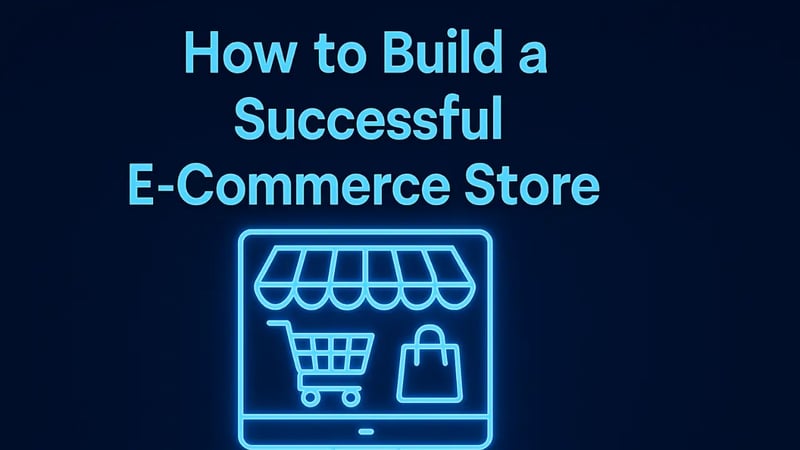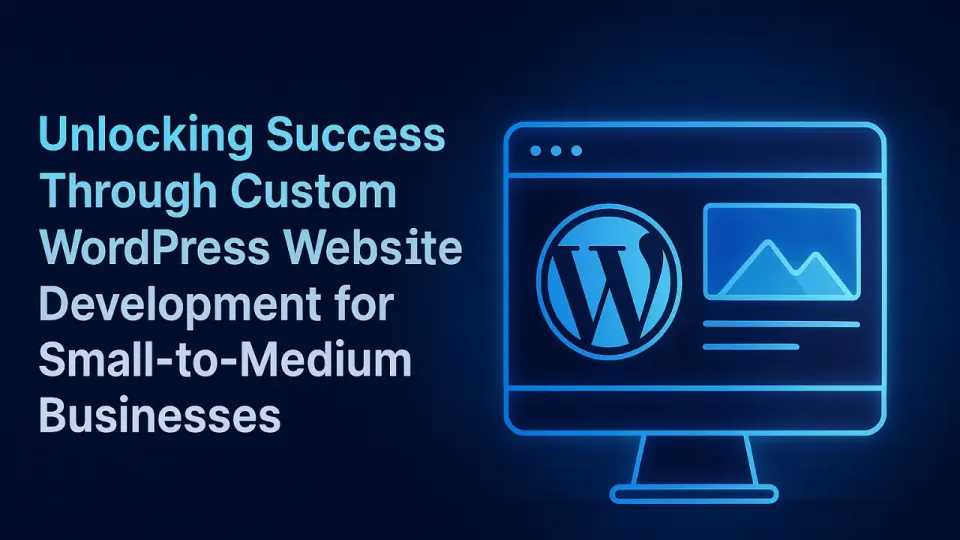How to Build a Successful E-Commerce Store
Discover essential steps and strategies to build a thriving e-commerce store. Learn how to understand your audience, pick the right platform, and effectively market your business.

Launching an e-commerce store can be one of the most exhilarating journeys for small-to-medium business owners like you. Whether you're looking to expand a brick-and-mortar shop into the digital realm or start fresh online, understanding the intricacies of e-commerce is vital. So, how does one go about building a successful e-commerce store? Let’s dive in!
Understanding Your Niche and Target Audience
Before you even think about the layout of your website or the products you will sell, you need to know your audience. Ask yourself: Who will benefit from my products? What are their interests? Understanding your niche and target audience is akin to a fisherman knowing the best spots for catching fish. Would you go fishing in a desert without knowing where the water is? Probably not!
Gather data by conducting market research and utilizing tools like Google Trends or social media polls. For instance, if you’re selling artisanal baked goods, find out who your ideal customers are. Are they busy parents looking for convenient snacks, or health-conscious millennials? Tailoring your offerings to a specific demographic can transform your store into a go-to destination.
Choosing the Right E-Commerce Platform
You wouldn’t begin constructing a house without the right foundation. In the same way, selecting the appropriate e-commerce platform is crucial. Shopify, WooCommerce, and BigCommerce are just a few options available, each with its unique features. How do you choose?
- Budget: Assess your budget and see which platform fits your needs without breaking the bank.
- Scalability: Ensure that your chosen platform can grow alongside your business.
- User-Friendly Interface: A straightforward interface can save valuable time.
For example, a business owner named Sarah transitioned from a local bakery to an online store using Shopify. By leveraging its user-friendly tools, she was able to create an appealing online storefront without needing extensive technical skills!
Creating an Engaging User Experience
At the heart of any successful e-commerce store is an engaging user experience. Think of your website as a first date—if you leave a bad impression, they won't come back! Here’s how to keep that spark alive:
- Intuitive Navigation: Make it easy for customers to find what they need.
- High-Quality Images and Descriptions: Customers can't touch your products online, so imagery and descriptions are key.
- Responsive Design: Ensure your site looks good on mobile and desktop.
Consider implementing a blog that shares recipes or uses for your products, just like many successful e-commerce food businesses do. This not only drives engagement but also improves your SEO performance, helping you rank better for "How to build a successful e-commerce store"!
Mastering Digital Marketing Strategies
Once your e-commerce store is live, you need to market it diligently to attract customers. Consider your online presence as your business's megaphone—what good is a great product if no one knows about it?
Utilize a mix of strategies:
- SEO: Optimize your product descriptions and images to improve visibility on search engines.
- Social Media Marketing: Platforms like Instagram and Facebook can help you reach your audience.
- Email Marketing: Build a mailing list to share exclusive offers and new products.
For instance, a small boutique in Hoover, AL, recently used targeted Instagram ads and saw a 30% increase in traffic to their online store in just three months!
Analyzing and Adapting
The digital landscape is ever-evolving, making it imperative to continuously analyze your store's performance. Regularly tracking metrics using tools like Google Analytics can inform your strategies moving forward. Ask yourself:
- Which products are selling the most?
- What marketing strategies are driving traffic?
Adaptation is key—if something isn’t working, don’t hesitate to pivot your approach. Just like a gardener understands when to prune a plant for better growth, you too must be willing to adjust.
Conclusion
Building a successful e-commerce store is not an overnight process. With the right understanding of your audience, a solid digital foundation, engaging experiences, strategic marketing, and a focus on adaptation, your business can thrive in the online marketplace. So, take these insights and start your journey today!
"Joining this community has been a game-changer for staying updated on the latest trends & events!" - John B.





